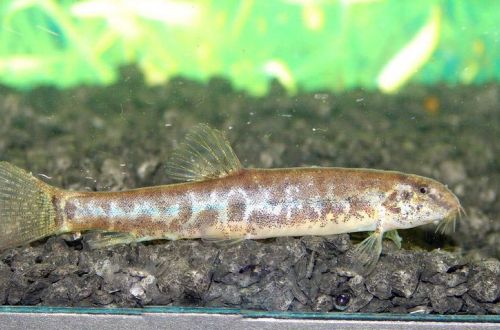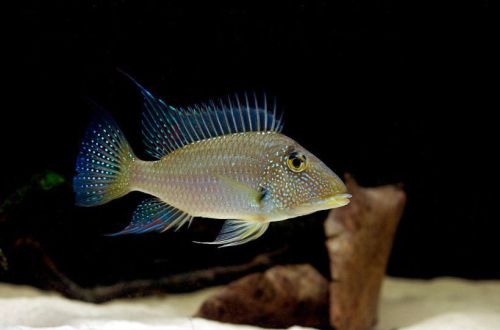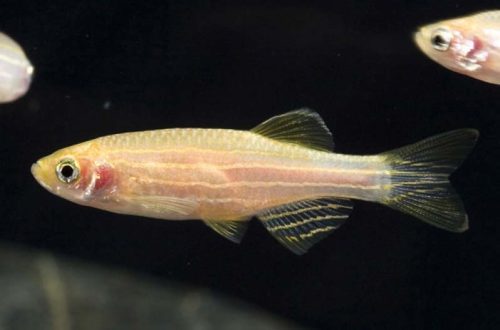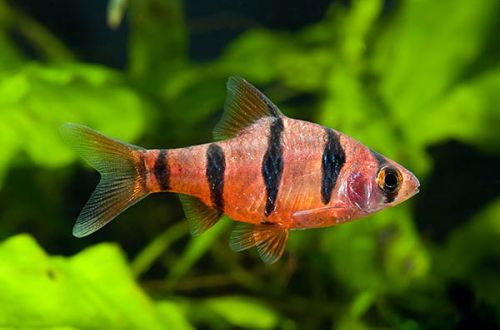
Vietnamese marble char
Vietnamese marble char, scientific name Lepidocephalichthys sp. “LE1”, belongs to the family Cobitidae (Loaches). The fish is sometimes found in amateur aquariums, but its exact species is unknown, so it has an alphanumeric index in the Latin name.

Contents
Habitat
Comes from Southeast Asia. Wild specimens were collected in a limited area of Da Nang province in Vietnam. It inhabits shallow water bodies with a slow current, such as backwaters of rivers, lakes, swamps, located among moist forests. Often found in rice fields.
Brief information:
- The volume of the aquarium – from 40 liters.
- Temperature – 23-26°C
- Value pH — 6.0–7.5
- Water hardness – soft (1-9 dGH)
- Substrate type – sandy
- Lighting – subdued
- Brackish water – no
- Water movement is weak
- The size of the fish is about 5 cm.
- Nutrition – protein-rich food, sinking
- Temperament – peaceful
- Content in a group of 4 individuals
Description
Adult individuals reach a length of about 5 cm. The color is gray with silver veins, vaguely resembling a marble pattern, which is reflected in the name of this species. The fins are short and translucent. Three pairs of sensitive antennae are located near the mouth, with the help of which the fish search for food in a layer of silt and sand. Sexual dimorphism is weakly expressed, there are no obvious visible differences between male and female.
Food
In nature, they feed by sifting the soil with their mouths in search of small insects, their larvae, crustaceans and other invertebrates. In the home aquarium, similar products should be offered, for example, fresh, frozen or live bloodworms, brine shrimp, daphnia, or dry sinking food in the form of flakes, granules, tablets containing a large amount of protein.
Maintenance and care, arrangement of the aquarium
The optimal size of the aquarium for a group of 4 fish starts from 40 liters. Substrate plays a key role in design. Given the feeding habits of the Vietnam marble char, it becomes necessary to use sandy soft soil, otherwise any large particles, such as pebbles, can get stuck in the mouth and / or damage the gills. For the same reason, there are certain restrictions with aquatic vegetation. Plants with weak root systems are likely to be uprooted
Other design elements are selected at the discretion of the aquarist or based on the needs of other fish.
The content is quite simple. It is important to maintain water conditions within the acceptable range of temperatures and hydrochemical parameters, to prevent the accumulation of organic waste and to carry out mandatory aquarium maintenance procedures in a timely manner.
Behavior and Compatibility
Peacefully tuned to relatives and other species, prefer to be in groups, so it is recommended to purchase at least 4 individuals. Good neighbors will be fish of a comparable size, living mainly in the upper and middle layers of the water.
Breeding / breeding
In nature, the breeding season is determined by the season of the year. Spawning is stimulated by changes in the environment. In home aquariums, recreating the processes occurring in nature is problematic. At the time of writing, no successful cases of breeding Vietnam marble char have been recorded.
Fish diseases
The best guarantee against the occurrence of diseases is to keep the fish in suitable conditions, receive a balanced diet and the absence of external threats, such as attacks from tankmates. The appearance of signs of illness can be a signal that there are problems in the content. Usually, bringing the habitat back to normal contributes to self-healing, but if the body of the fish has suffered too much, then medical treatment will be required. Read more about symptoms and treatments in the Aquarium Fish Diseases section.





